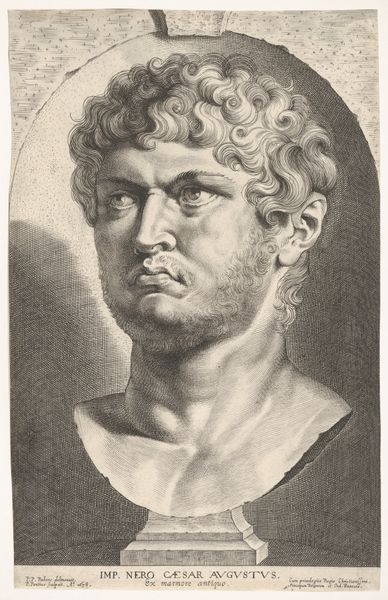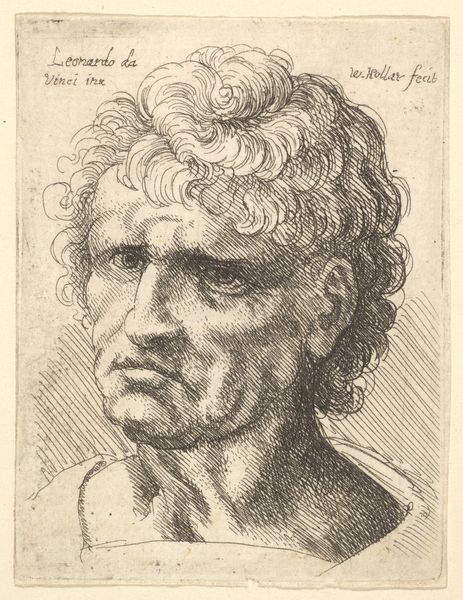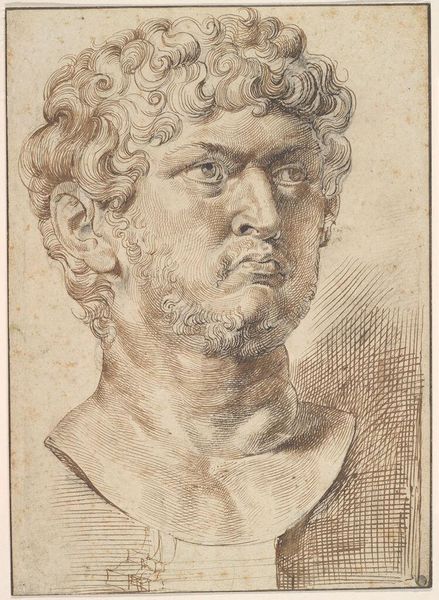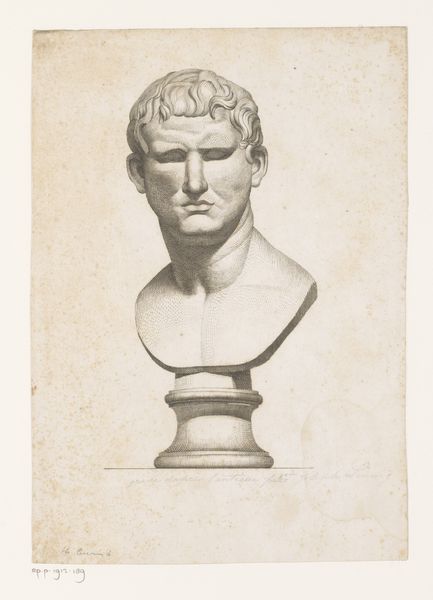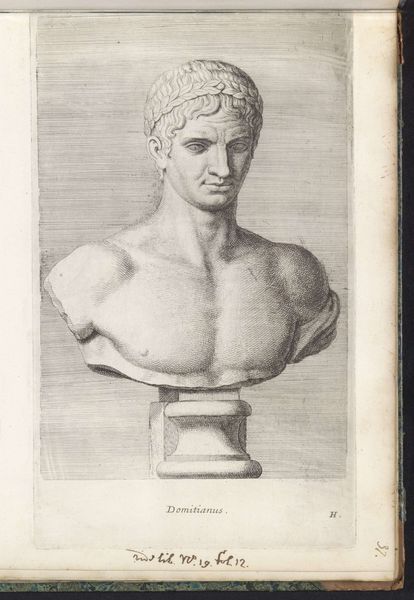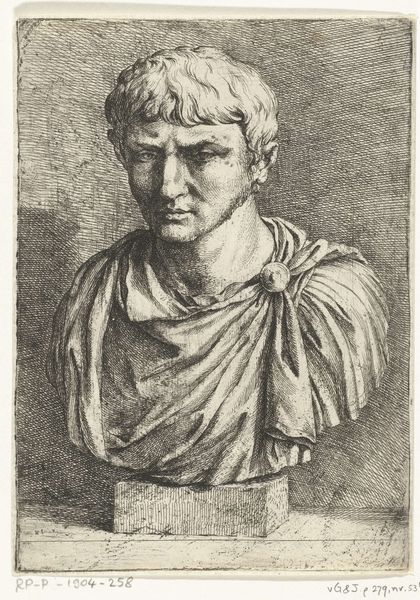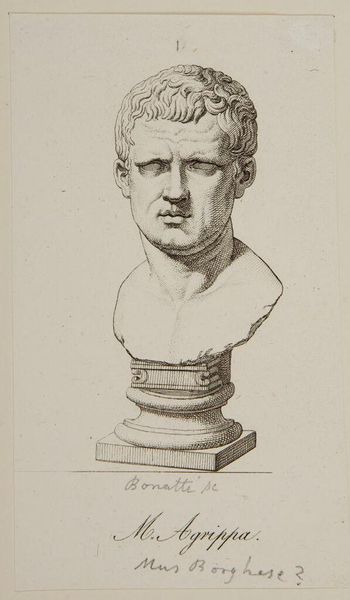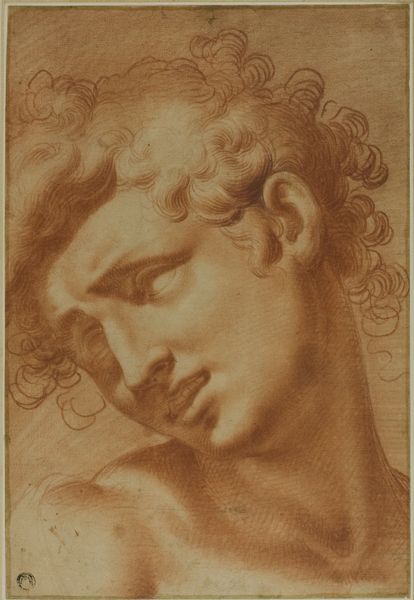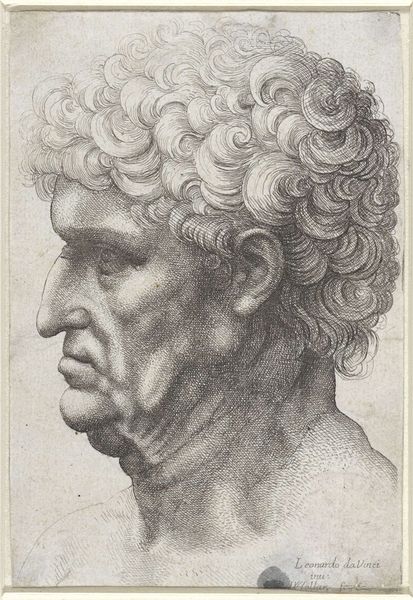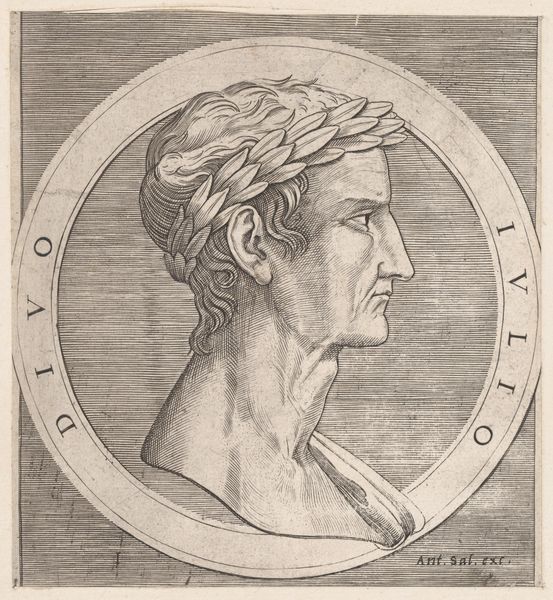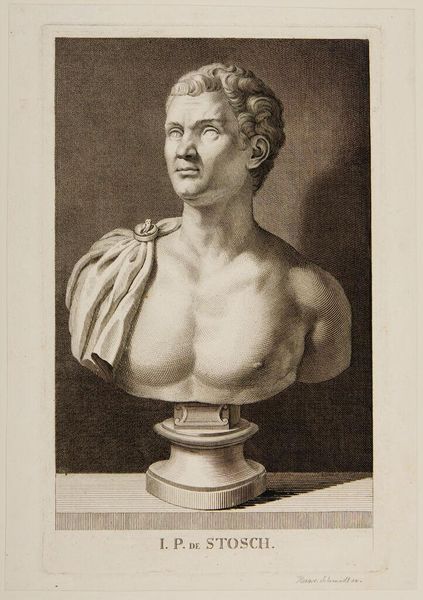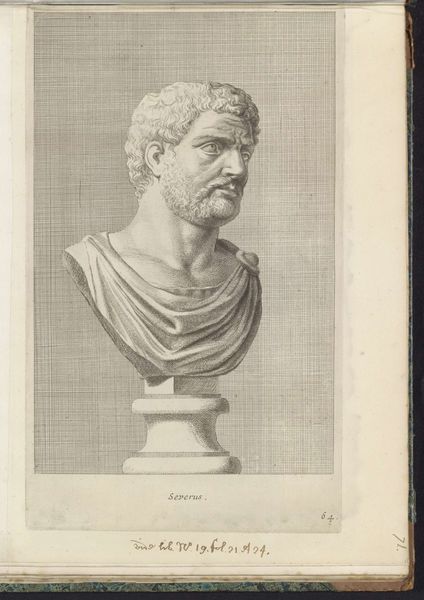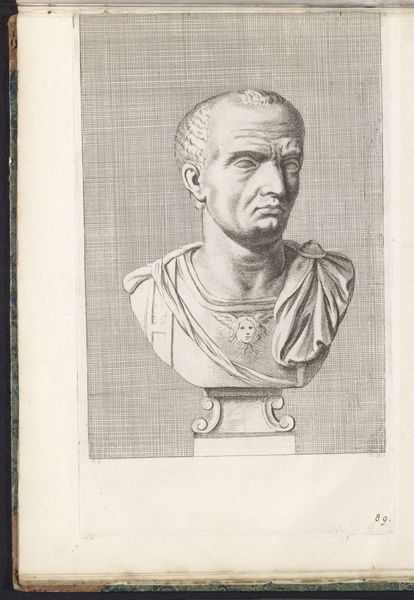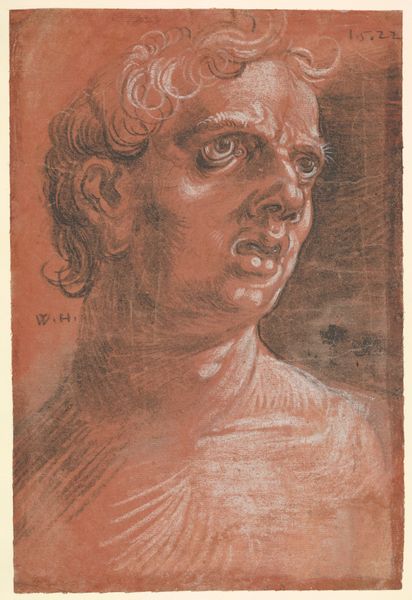
engraving
#
baroque
#
classicism
#
history-painting
#
engraving
Dimensions: height 286 mm, width 197 mm
Copyright: Rijks Museum: Open Domain
Editor: This is "Buste van Marcus Junius Brutus," an engraving from 1638 by Lucas Vorsterman I, currently residing in the Rijksmuseum. There's something striking about its starkness; the engraver's lines carve out this intense, almost unsettling portrait. I'm curious, what stands out to you when you look at it? Curator: Immediately, the tension between Baroque dynamism and classical stoicism is apparent. Observe the incisive lines, almost violent in their application, shaping the contours of Brutus's face. Yet, this ferocity is countered by the inherent stillness of the bust itself, adhering to classical ideals of form and proportion. How do you interpret the surface texture created by Vorsterman's engraving technique? Editor: The hatching and cross-hatching definitely create a sense of depth and volume, but it also gives the skin a kind of rough quality. Is that intentional? Curator: Indeed. The surface reads as intentionally imperfect, which underscores the theme of classical realism versus idealized beauty, one deeply in keeping with Northern European Baroque taste. Consider the light, how Vorsterman guides it. The brow is heavy with shadow, creating drama and directing our focus. Where is the light strongest, and what effect does that have? Editor: The light seems most intense on the forehead and the bridge of the nose, almost spotlighting Brutus's intellect and resolve. But the shadows also hint at inner turmoil, perhaps? Curator: Perhaps. This masterful play of light and shadow lends psychological depth, but always mediated by form and line. This lends itself to understanding how Baroque portraiture began investigating the boundaries between objective representation and dramatic engagement. Editor: I've always appreciated a portrait with underlying feeling and this engraving certainly shows that. This has given me some new ways of understanding portraiture’s purpose during this time. Curator: Indeed. Seeing artwork through a new interpretive lens enriches one’s ability to extract unique meaning in a traditional presentation.
Comments
No comments
Be the first to comment and join the conversation on the ultimate creative platform.
